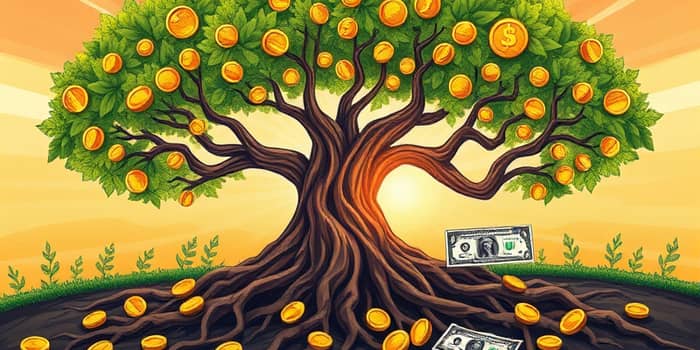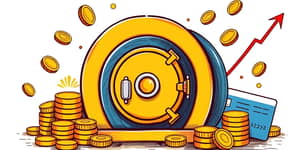
In an unpredictable market landscape, dividend stocks stand out as a beacon of stability and reliable income. By focusing on companies that share profits regularly, investors can tap into a powerful strategy for both growth and security.
Whether you’re approaching retirement or building long-term wealth, dividends offer a compelling path to achieve financial goals, even when equity prices fluctuate.
Dividend stocks are shares of companies that distribute a portion of their earnings to shareholders, typically in cash or additional shares. Payouts occur at varying intervals—annual, semi-annual, quarterly, or even monthly—providing flexibility for different investment styles.
Automatic dividend reinvestment allows investors to compound returns seamlessly. Through Dividend Reinvestment Plans (DRIPs), every payout purchases additional shares, accelerating wealth accumulation over time.
Studies show that reinvested dividends have been the driving force behind equity returns. From 1960 to 2023, roughly 85% of the S&P 500’s cumulative total return came from dividends and their reinvestment.
Consider a hypothetical $10,000 in an S&P 500 index fund from 1993 to 2023. With dividends reinvested, it would have grown to approximately $182,000; without reinvestment, it would be near $102,000. Such figures illustrate long-term growth through compounding in stark terms.
Retirees value dividend stocks as a source of predictable income, akin to bond interest but with the upside of capital appreciation. Younger investors, meanwhile, benefit most from reinvestment and compounding, turning small payouts into larger holdings over decades.
By aligning dividend strategies with life stages, one can maximize both current yield and future growth potential.
Selecting sustainable dividends requires more than chasing the highest yield. Key metrics include:
Healthy dividend payers often exhibit consistent cash flow, moderate payout ratios, and a history of raising payments even during economic slowdowns.
Despite their appeal, dividend stocks carry risks. Companies can reduce or suspend dividends if earnings falter; during 2020, 68 S&P 500 firms cut or paused payouts amid the pandemic.
A common pitfall is the “yield trap”—where a plunging share price pushes yield higher but reflects underlying distress. Always assess the sustainability of distributions rather than yield alone.
Other misconceptions include the belief that dividends are only for retirees or that growth and dividends cannot coexist. In reality, many dividend growth stocks offer both rising payouts and capital appreciation.
A well-constructed dividend portfolio balances high-quality names across sectors to avoid overconcentration. Consider including:
Regularly review holdings to ensure payout safety and adjust allocations based on market conditions, personal goals, and tax considerations.
Dividend stocks offer a unique blend of steady income stream and growth when dividends are reinvested. By focusing on quality, evaluating key metrics, and diversifying across sectors, investors can build resilient portfolios that weather volatility and compound wealth over decades.
In a world of market uncertainty, dividends provide both tangible cash flow and the psychological comfort of predictable rewards. Unlock their value, and you’ll create a foundation for sustainable financial success.
References













